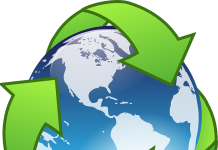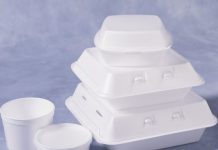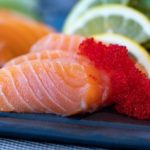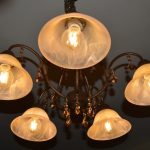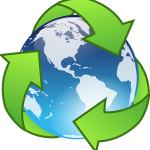 There are many myths surrounding the recycling process of plastic products.
There are many myths surrounding the recycling process of plastic products.
One of these myths is that there are plastic products with a number on them in between chasing arrows and this number indicated the recyclability of the plastic product.
The number in the chasing arrows on plastic products has nothing to do with the recyclability of the plastic product; rather it indicates what resin was used to make the plastic product.
That being said, many types of plastic are recyclable. Most plastic product recycling centers in the majority of communities across the country accept No. 1 bottles and jars. Examples of the No.1 bottles and jars are vinegar bottles, water bottles and soda pop bottles.
Most plastic product recycling centers in the majority of communities across the country also accept No. 2 bottles and jars most of the time. Examples of No. 2 bottles and jars include tubs and milk jugs, yogurt containers and margarine containers, as well as laundry detergent bottles.
No. 5 bottles and jars such as food containers are also accepted by the majority of plastic product recycling centers in the majority of communities across the United States. Examples of the No. 5 food containers are yogurt tubs, ketchup bottles and even syrup containers.
Some communities’ recycling centers also accept to recycle No. 6 rigid and transparent polystyrene containers, usually food containers such as deli containers. Some examples of items that are not accepted are PVC pipe, Styrofoam containers, plastic sheet material and toys and plastic bags.
Plastic bags have been responsible for horrendous things to our Earth and our environment and any environmentalist or anyone who is attempting to make a difference to better our planet should seriously consider no longer utilizing plastic bags and switching to those canvas bags you can get at any store.
The United States generated nearly 14 million tons of plastics in just 2007 alone. These nearly 14 million tons of plastics were generated into municipal waste streams around the country as well.
Unfortunately the largest category of products was found in packaging and containers but also included nondurable goods as well as furniture. Some examples of the nondurable goods included cups, medical devices, diapers, utensils and trash bags.
The more we recycle plastics and the more responsibility we take for our actions the fewer natural resources we need to use to extract to produce the virgin plastic we start with.
